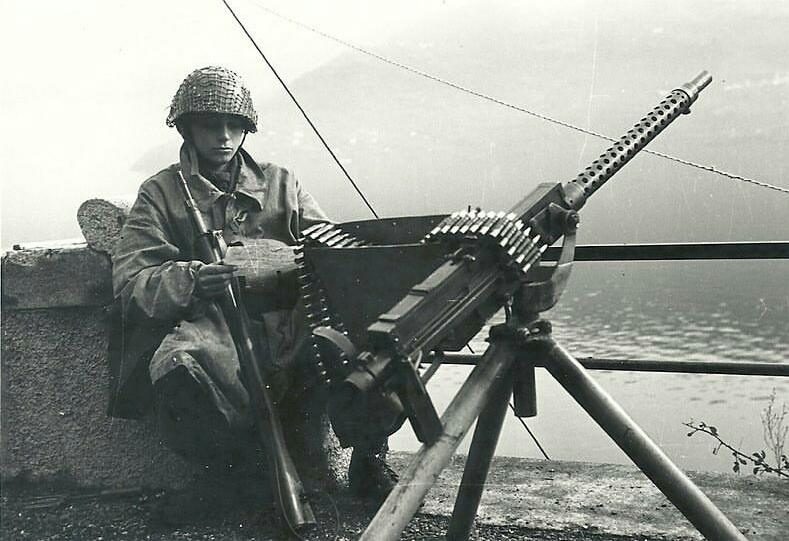To do 320mph (515km/h) on land is one thing. To attempt that speed on water is just plain crazy.Donald Campbell piloting Bluebird K7 on 4th January, 1967.
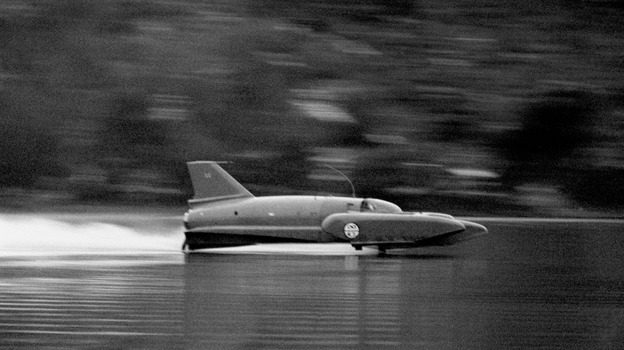
In his bid for an 8th water speed record (aiming to go beyond 300mph) at Coniston Water in the Lake District, Cumbria, the hydroplane experienced stability issues having been clocked at 320mph at the measured kilometre on his second run. It started to bounce out of the water, then eventually lifted up and into a backflip, eventually crashing nose first and cartwheeling across the water. Campbell died instantly: his body, and K7, were never recovered from Coniston Water.
After a 22 year restoration program led by Bill Smith (who had lead a dive team to recover the wreckage and Campbell's body in 2001), Bluebird returned to the water on 4th August, 2018. The engine was successfully restarted whilst the hydroplane was afloat on Loch Fad, on the Isle of Bute in Scotland. It will eventually be housed in a purpose built wing at the Ruskin Museum near Coniston Water.
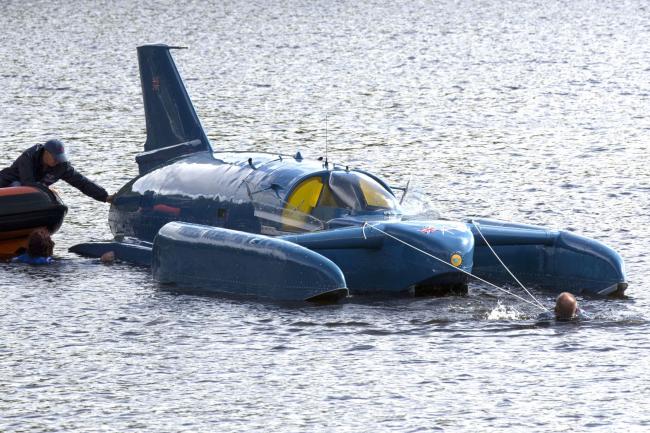
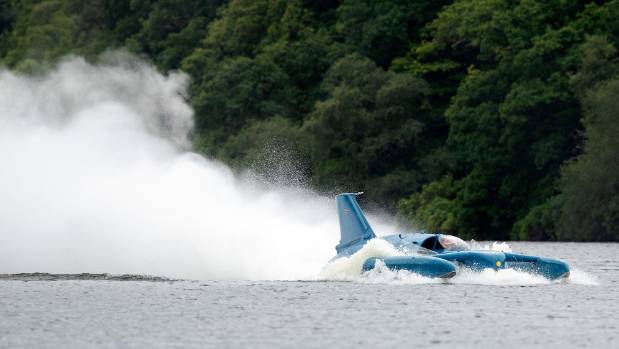
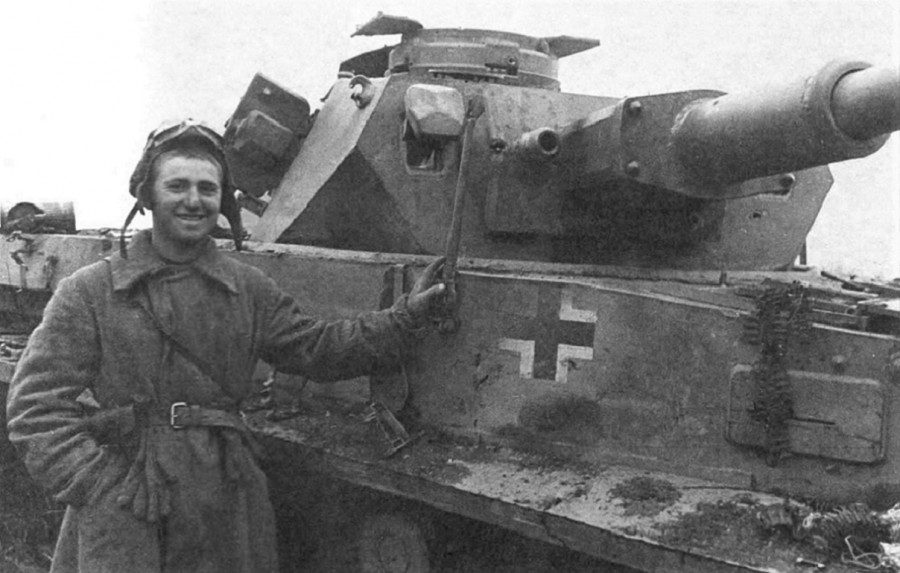
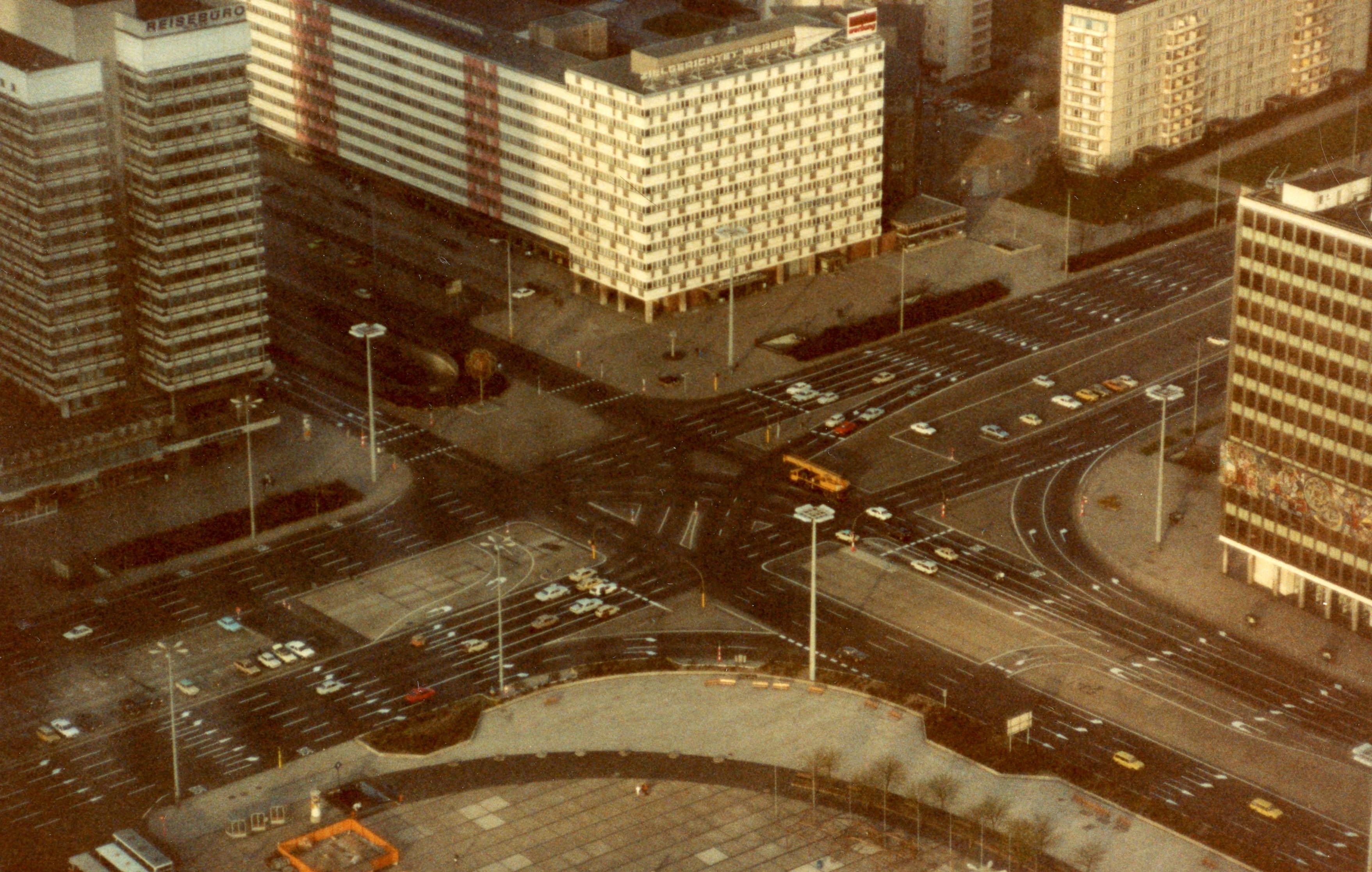
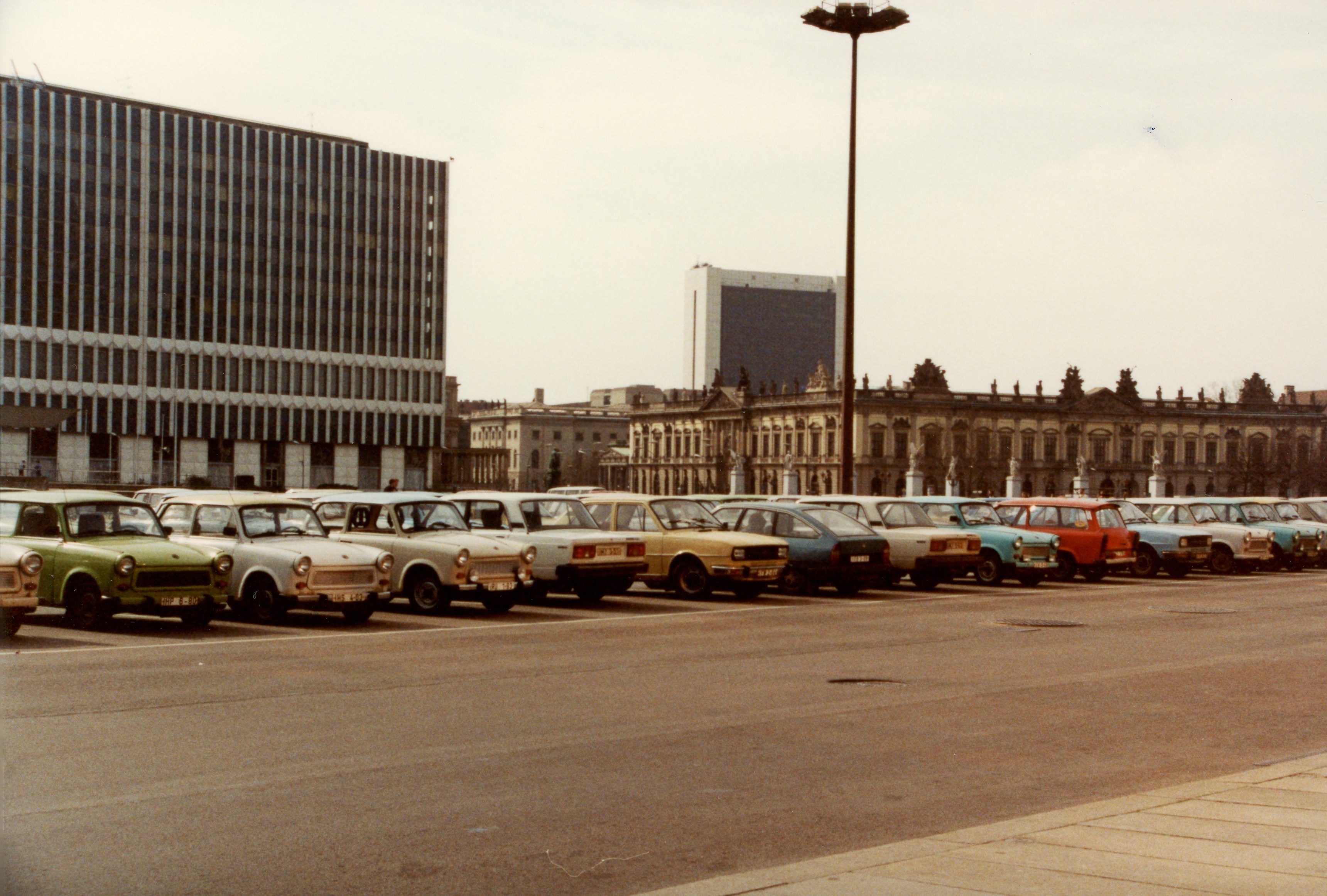
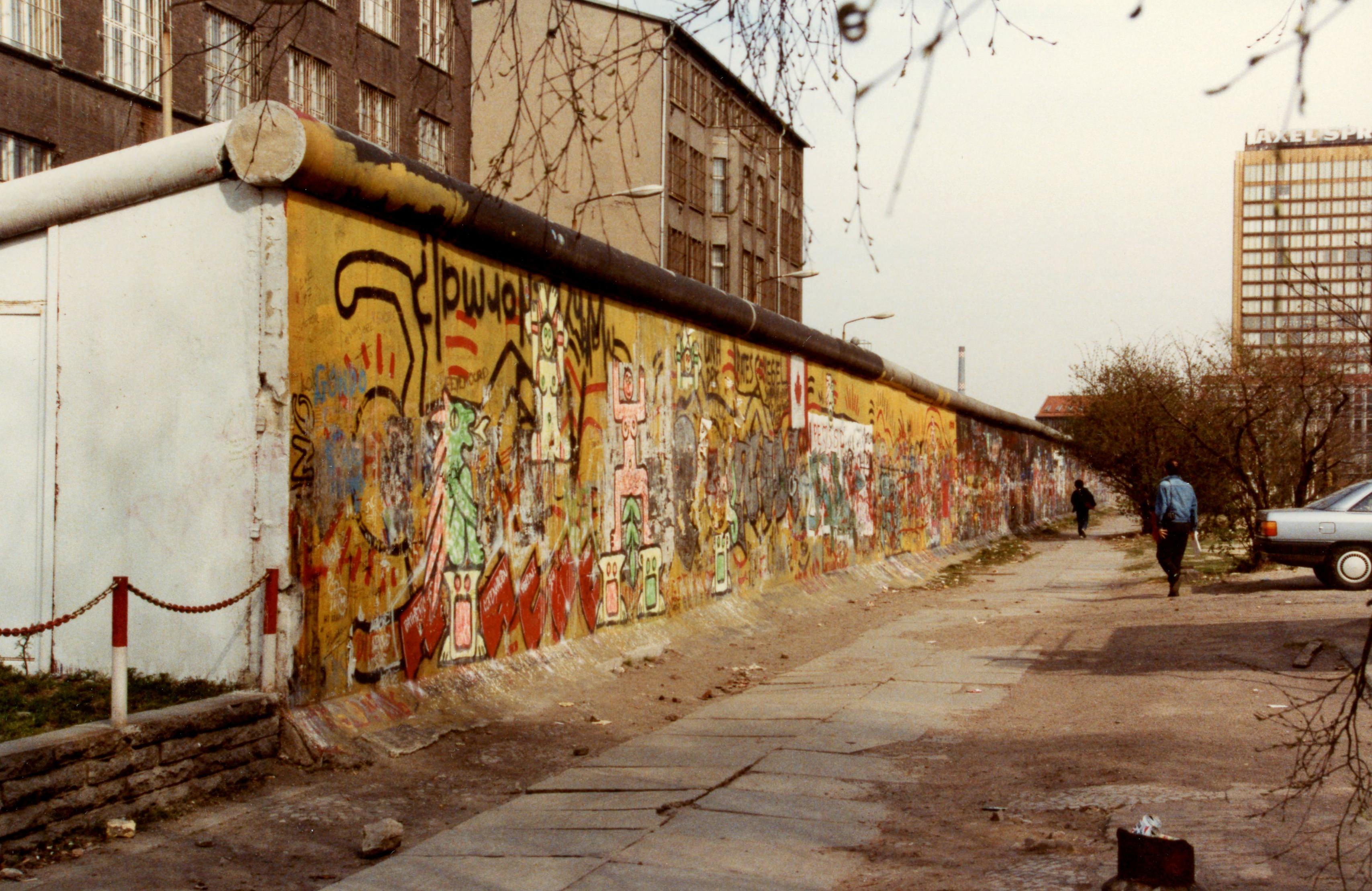
I took these photos in the late 80's while in the US Army.
Downtown East Berlin, German Democratic Republic.
Pretty sure I found it right here:Do you remember what intersection that first picture is? Would be interesting to see it now.
Do you remember what intersection that first picture is? Would be interesting to see it now.
Thanks, I would have never found that.
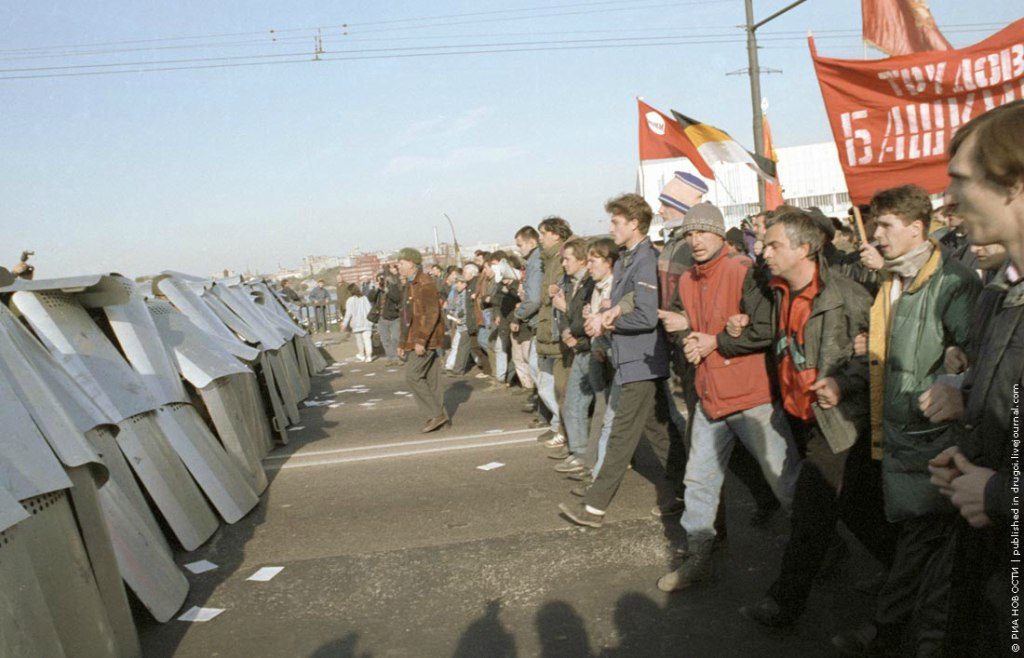
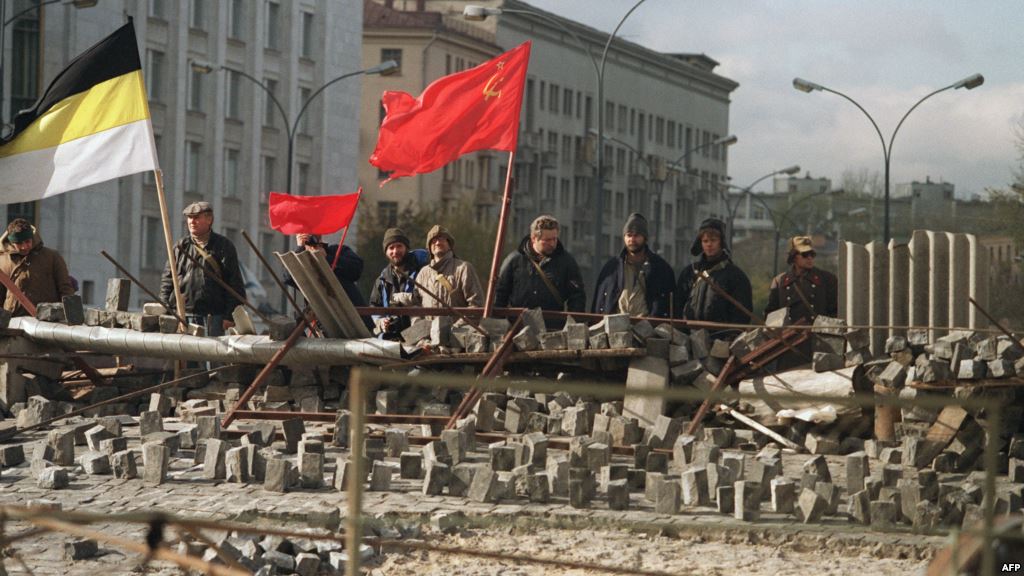
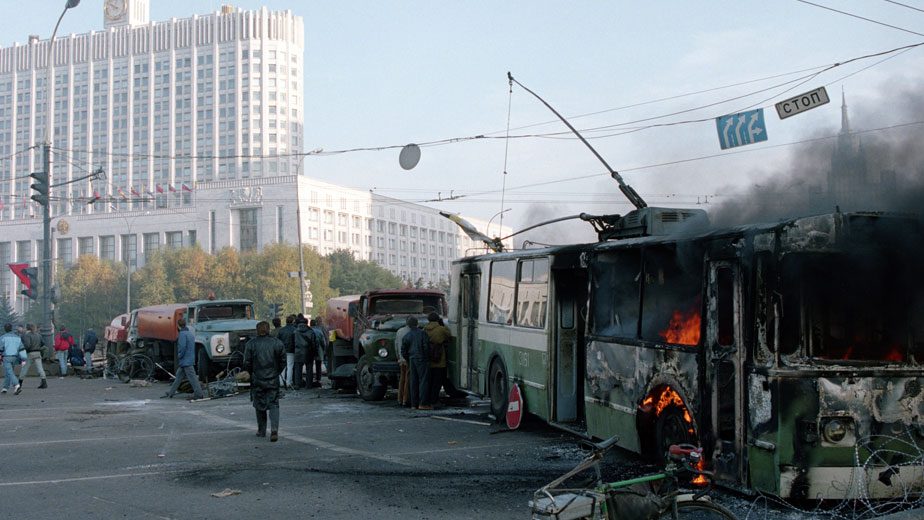

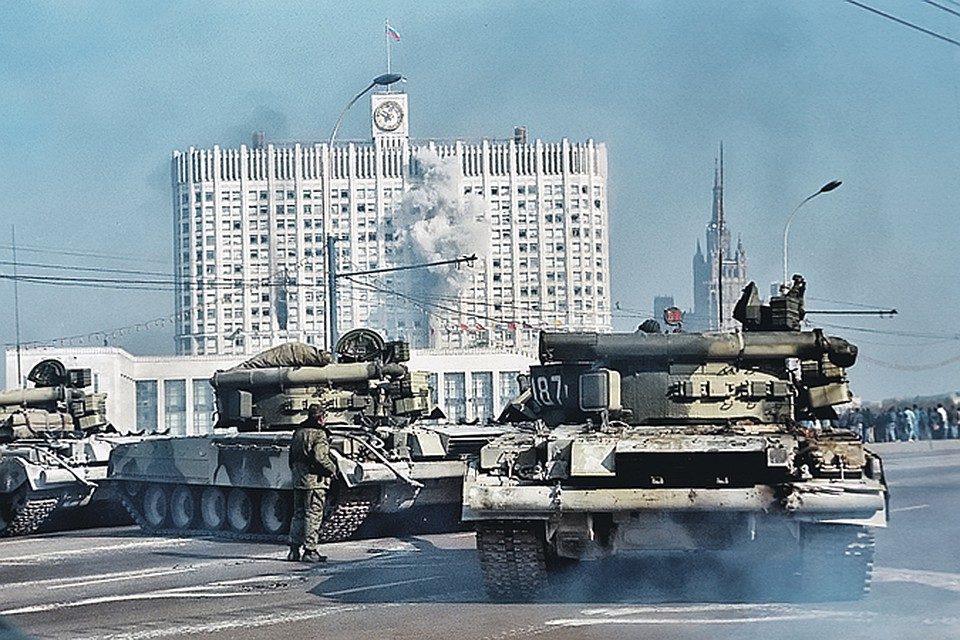
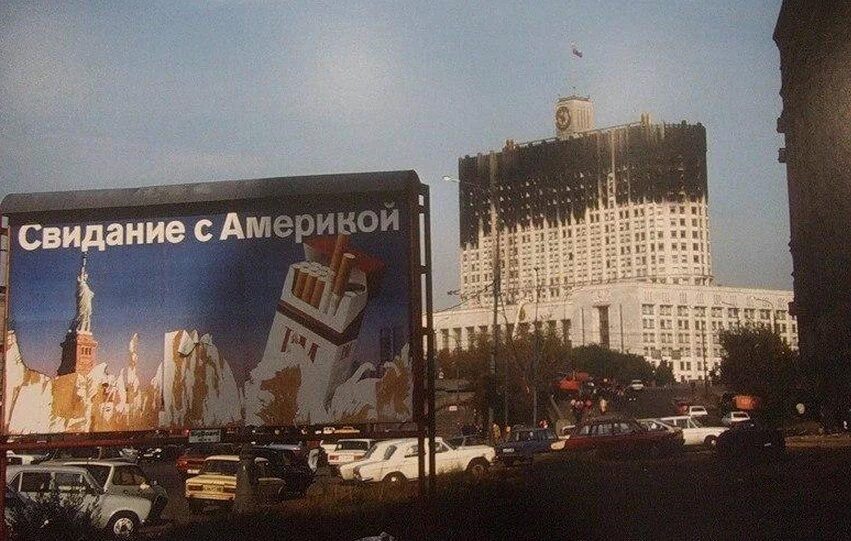
I could be wrong but I reckon that’s the shockwave visible about halfway across the frame.The atomic bomb mushroom cloud over Nagasaki on August 9, 1945. Picture taken by Hiromichi Matsuda from Koyagi-jima 5 miles from Nagasaki.
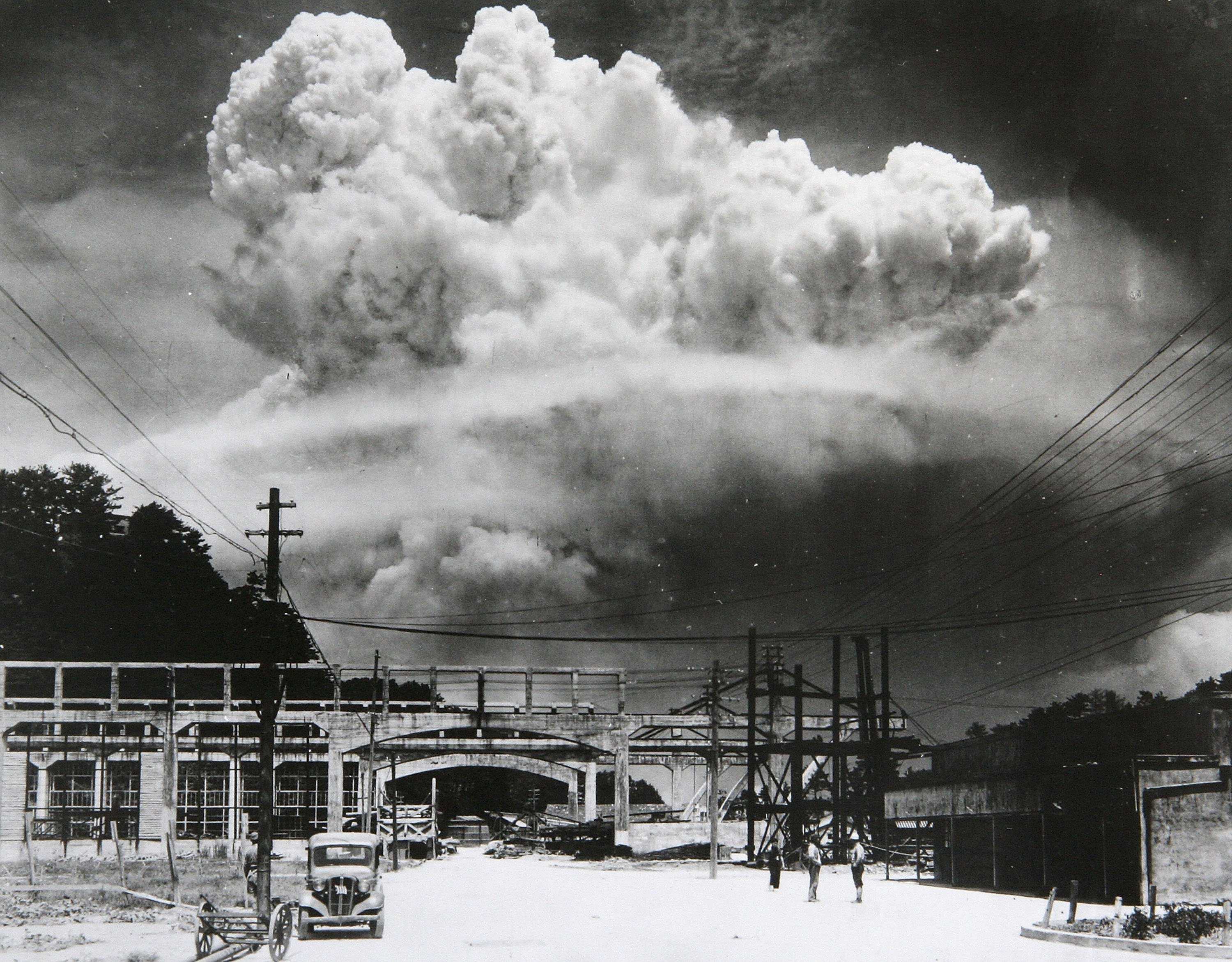
I posted this pic on reddit a few days someone talked about the shockwaveI could be wrong but I reckon that’s the shockwave visible about halfway across the frame.
Is there any record of what Matsuda-san felt or experienced after taking the photo?
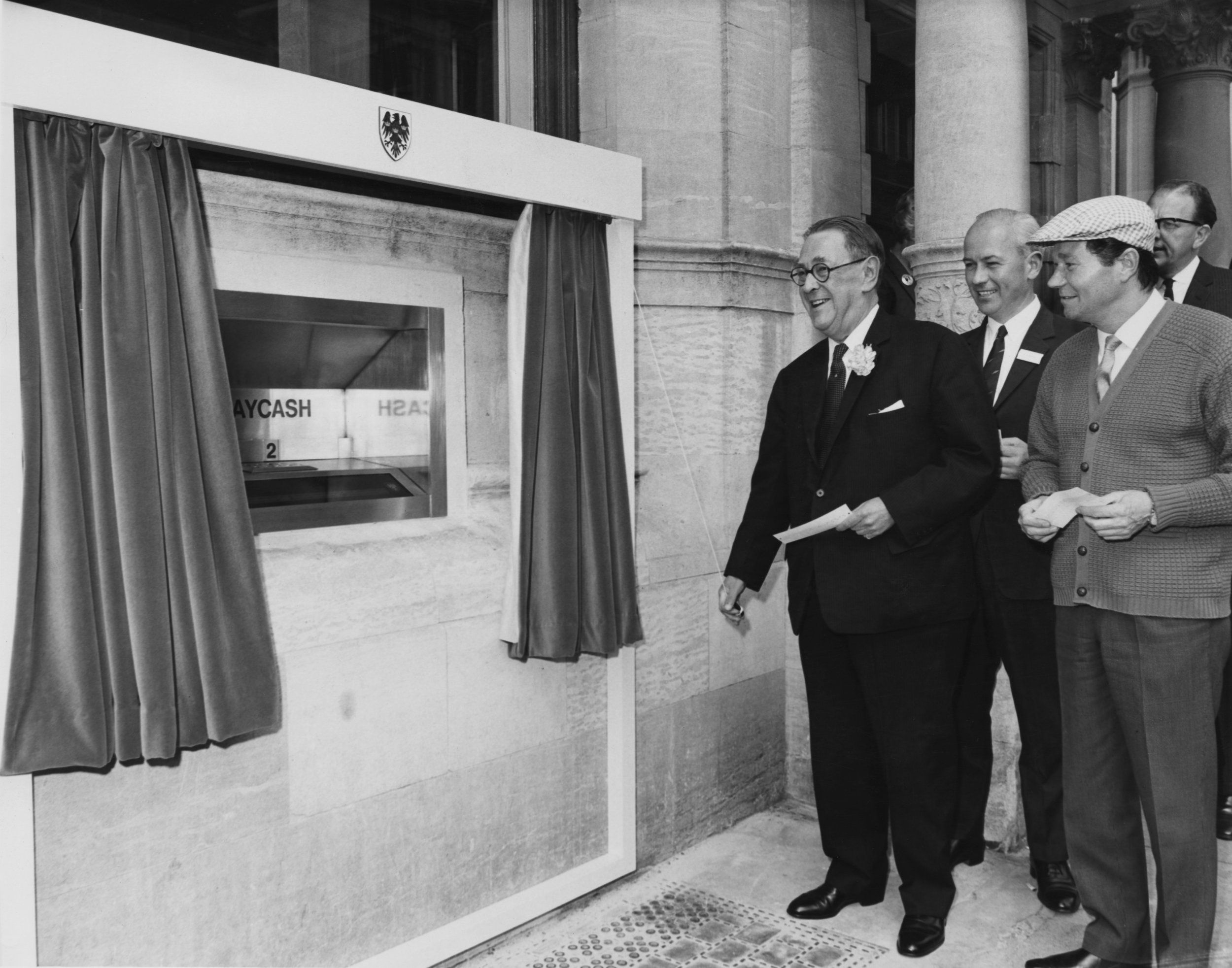

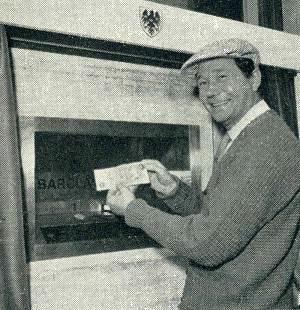
Though...soft blues are noticeably common in financial institution branding. Peculiarly so, even.Perhaps the cyan blue its usually seen in softens the symbolism.
I'd never noticed how Germanic the Barclay's logo is/was until seeing it now in black and white. Perhaps the cyan blue its usually seen in softens the symbolism. I have no idea why their logo would use such Germanic or east European symbolism, i can't find anything in the companies history that would point it in that direction.
It comes from historically being a Roman symbol, which itself was adapted from eagles representing Zeus in ancient Greek heraldry. But because the Holy Roman Empire became such a German-centric polity I suppose it's hard to ignore the Germanic association but it's really common in a lot of places, not just Germany and Austria.
View attachment 772161
An Afrika Korps Soldier. I gotta say the Afrika Korps soldiers uniforms are my favourites of World War 2.

Indeed. Who wouldn't want a full-length double-breasted wool coat in a desert environment
And some goggles
You can criticize the Nazis for a lot of things, but their dress sense isn't one of them. They sure knew how to accessorize.
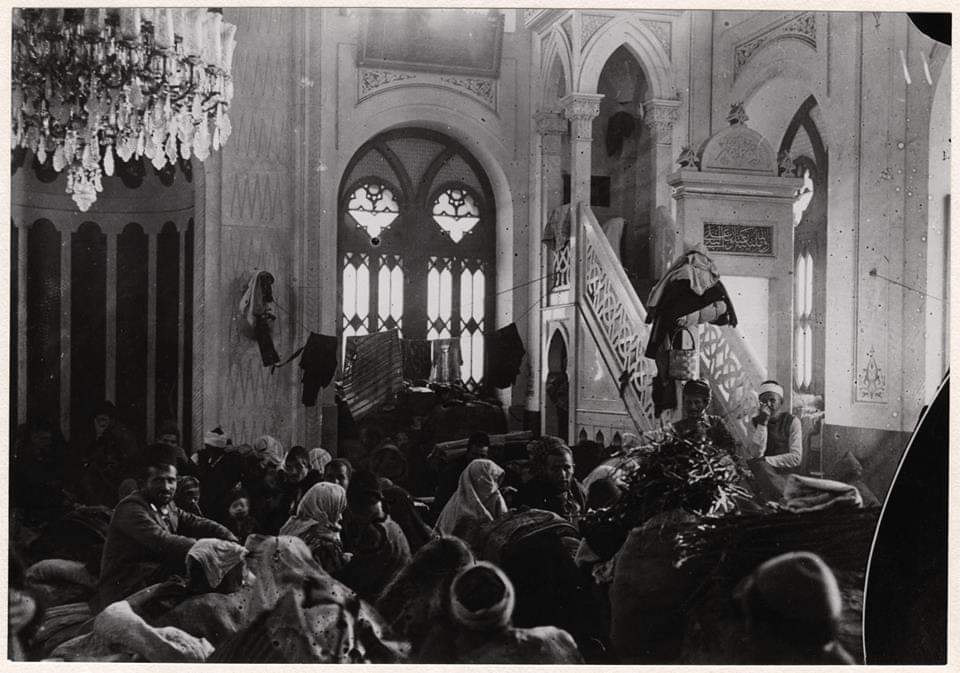
Sure. I just wondered how the symbol fitted in with an English bank with seemingly no connection to anything else that uses the spread eagle as a symbol.
You can criticize the Nazis for a lot of things, but their dress sense isn't one of them. They sure knew how to accessorize.
